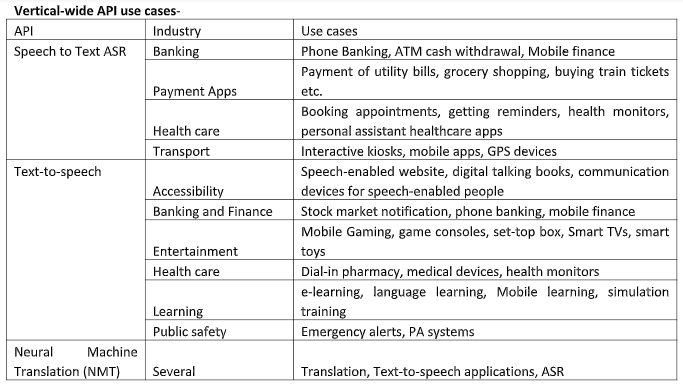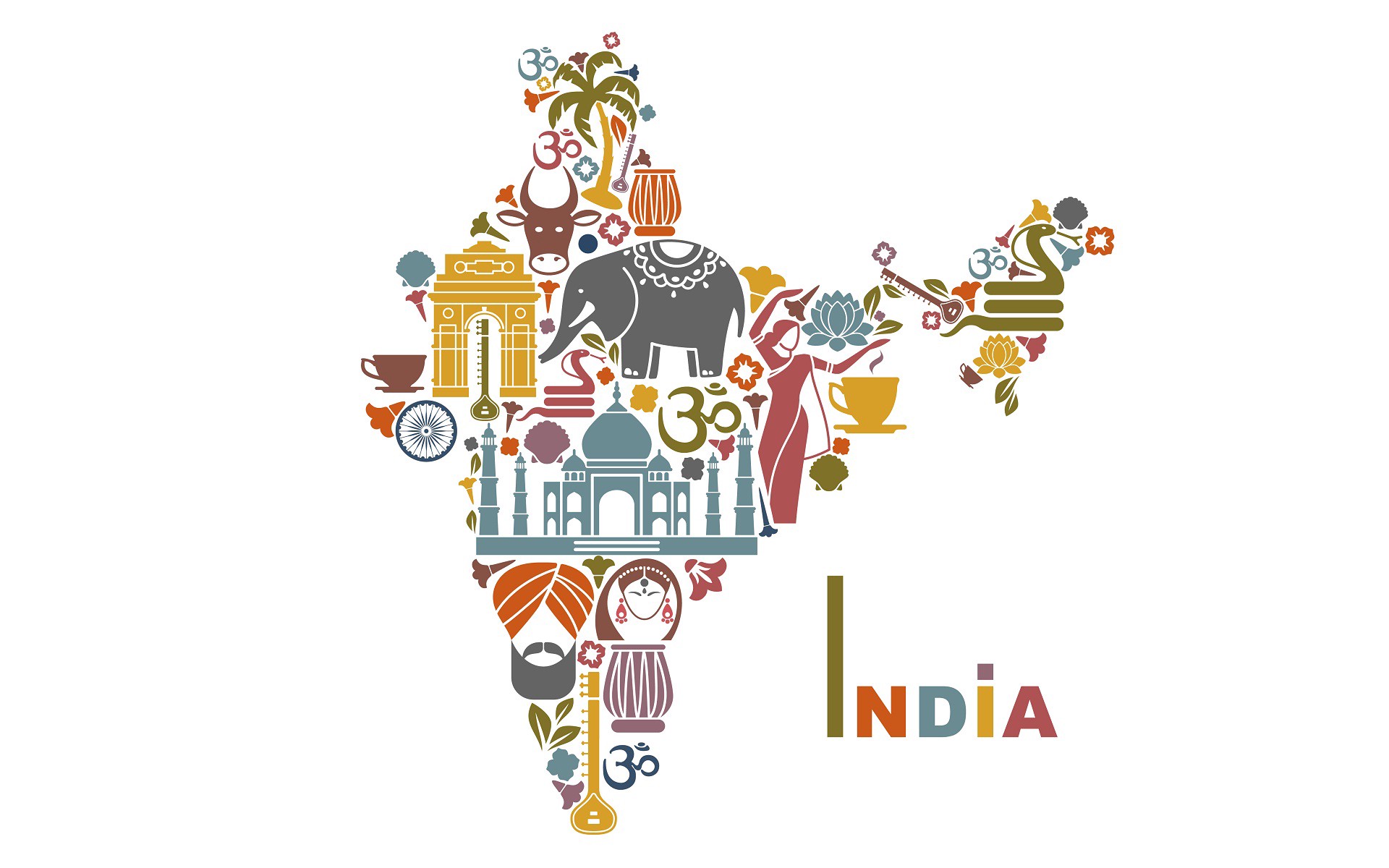Reverie Language Technologies, leaders in comprehensive full-stack Indic language localization and user engagement solutions and NASSCOM co-hosted #RevHack, India’s first Indian language-based hackathon. On Saturday, January 18, over 200 participants battled it out to build solutions to drive ‘Language Equality on the Indian Internet‘.

RevHack drew participation from experts and enthusiasts who aim to build multilingual tech solutions for Indic language first Indians. Themed around creating an ecosystem for solving problems in digital Indian language space, the participants used technology to build and deliver a functional prototype that solves the problems in Indic language content creation and localization. The participants had access to Reverie’s language APIs – Speech-to-text, Text-to-speech, and Neural Machine Translation.

India has a literacy rate of 69.1% and only .01% of Indic content is available on the internet for consumption. While there will be 536 million language first digital users in India by 2021, there still is a long way to go for achieving “Language Equality on the internet”.
Arvind Pani, CEO and Co-founder of Reverie Language Technologies, said
With the first edition of #RevHack, the company aims to inspire coders, developers, and the student community to create innovative Indic language technology-based solutions so that the internet can be truly accessible for all. Our regional language users can progress beyond browsing and India can realize the potential of the next 500 million users.
Anand B and his team comprising of Anirudh S, Abinav C, Vrishab Krishna and Luv Singhal, of Class 11 from National Public School in Indiranagar, won the hackathon. Theirs was the youngest team at the event. With their hack, phonetic sounds of any Indian language can be converted into into braille characters.
Anirudh said that the language to braille translation software can be extended to any Indian language, as Bharatiya Braille [unlike Latin braille] is based on sounds or phonetics and not on the alphabet. “The software has incorporated all sounds from many Indian languages. Every sound corresponds to the arrangement of dots,” he said, adding that Braille was chosen as it was one of the neglected languages in the country.

Several developers focussed on plugging gaps in rural health care services. Mumtaz Irtheqa Ahmed and his team from MS Ramaiah Institute of Technology developed a computer-based software that allows patients to tell the computer software their symptoms and basic information like age, and weight, which then links them to a medical expert. The doctor would receive the inputs in English or a preferred language. Likewise, all ladies’ team from Dayanand Sagar University created an Indic language add-on to Google Assistant.

